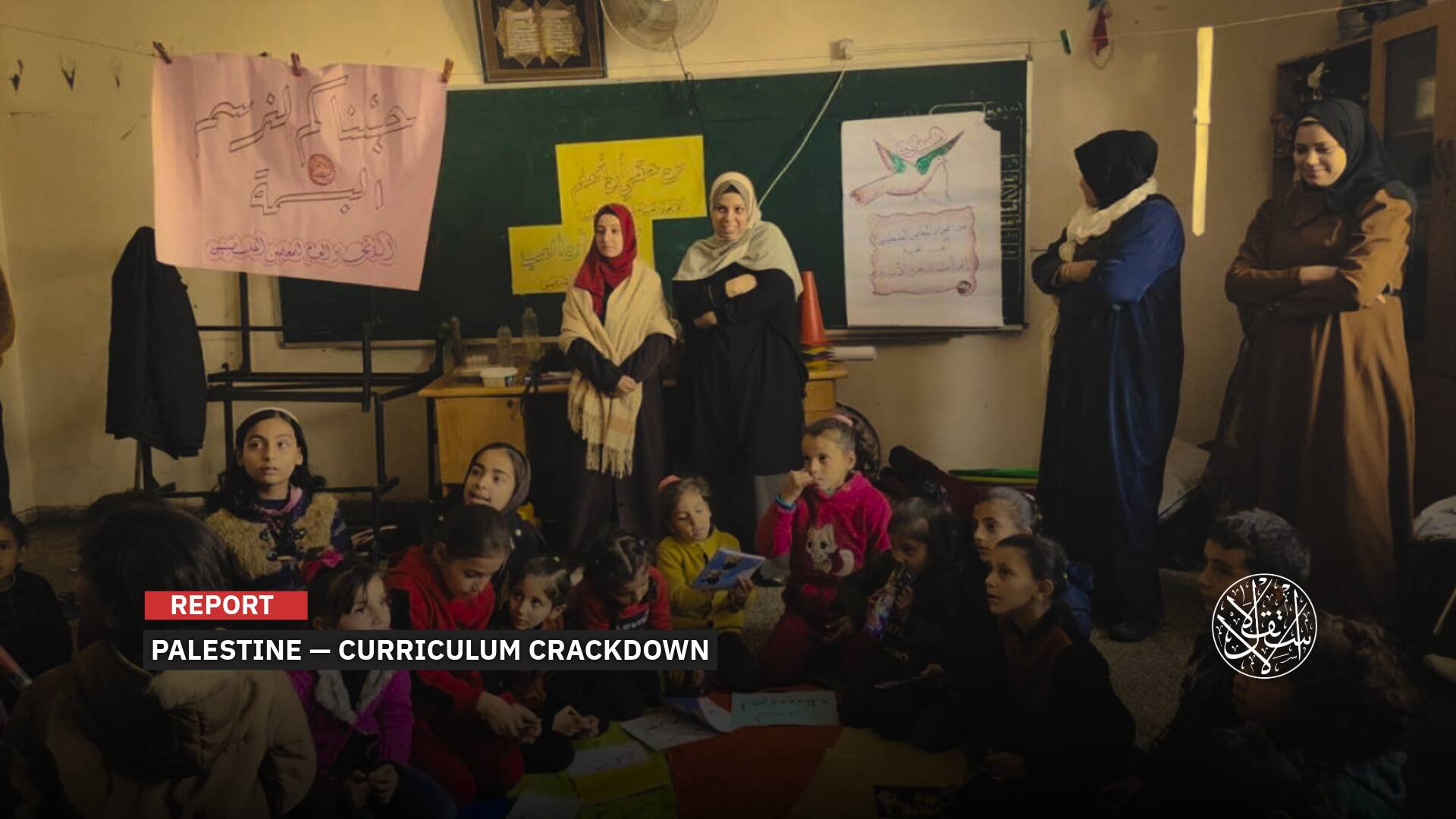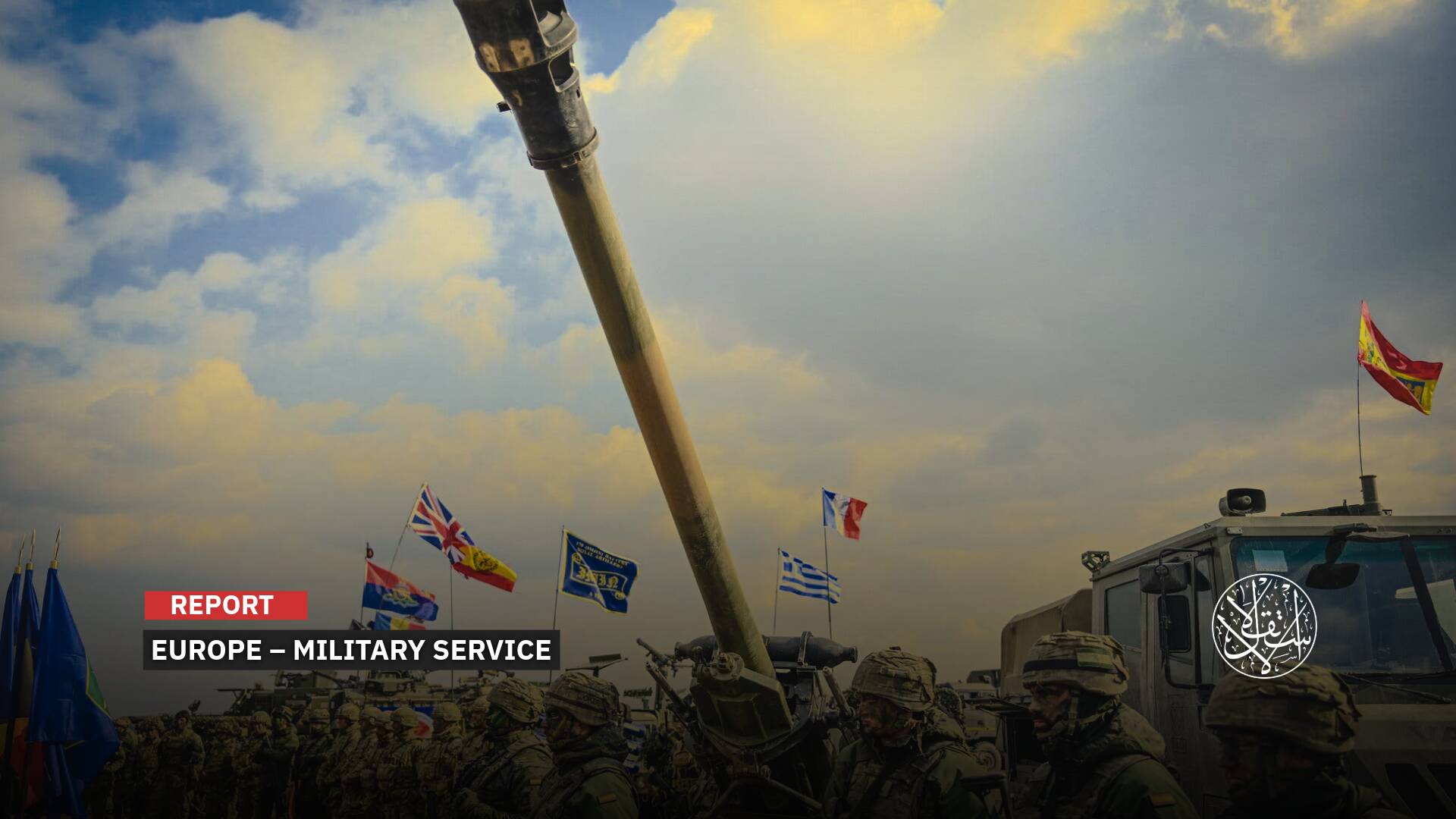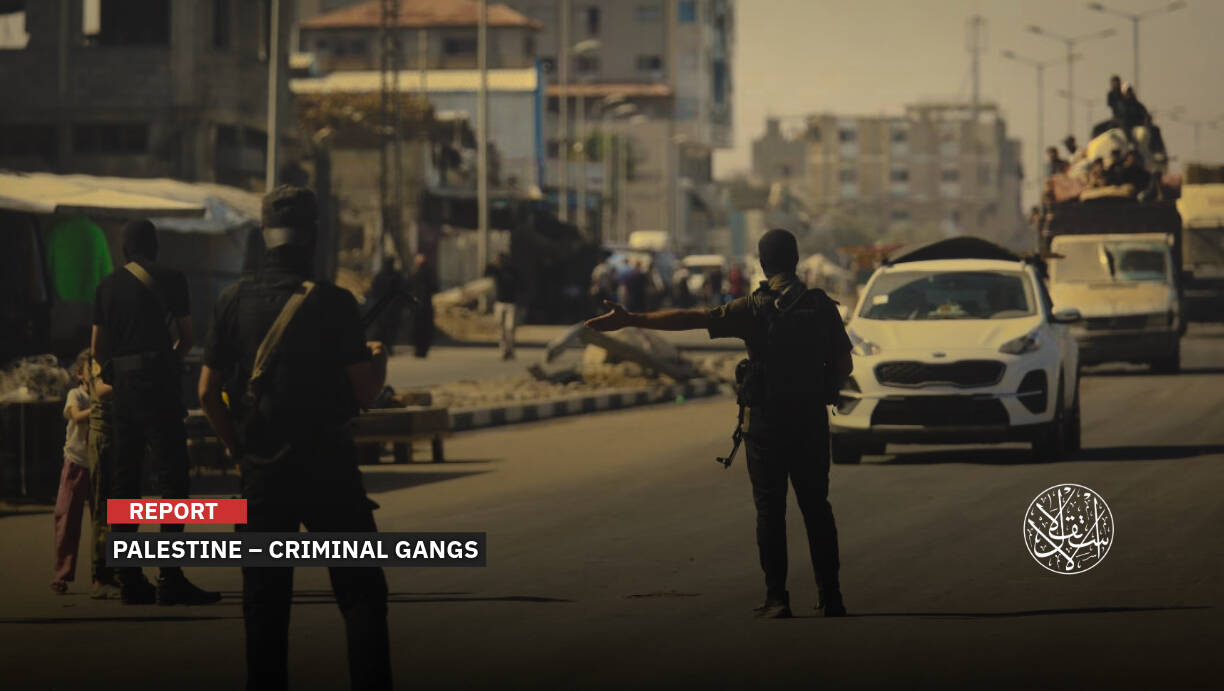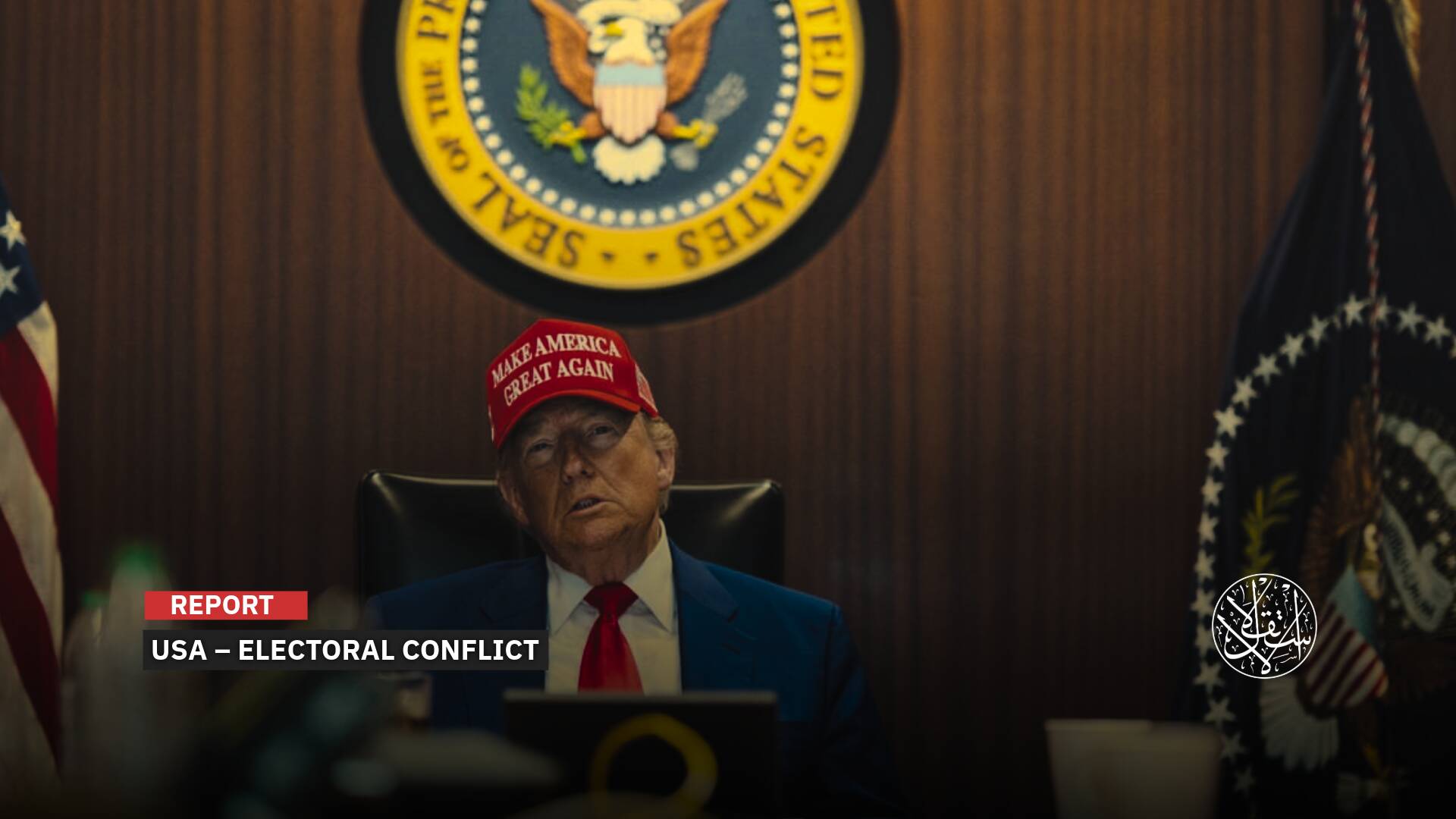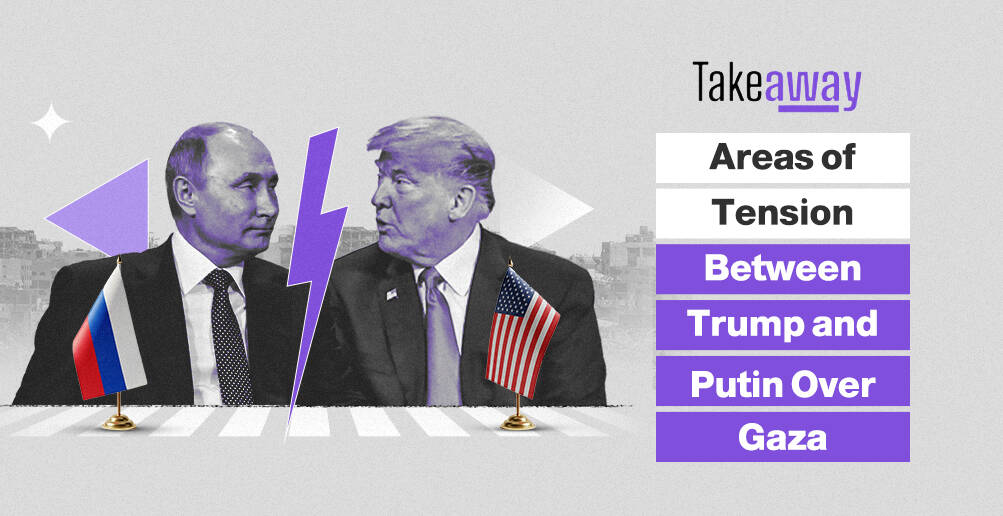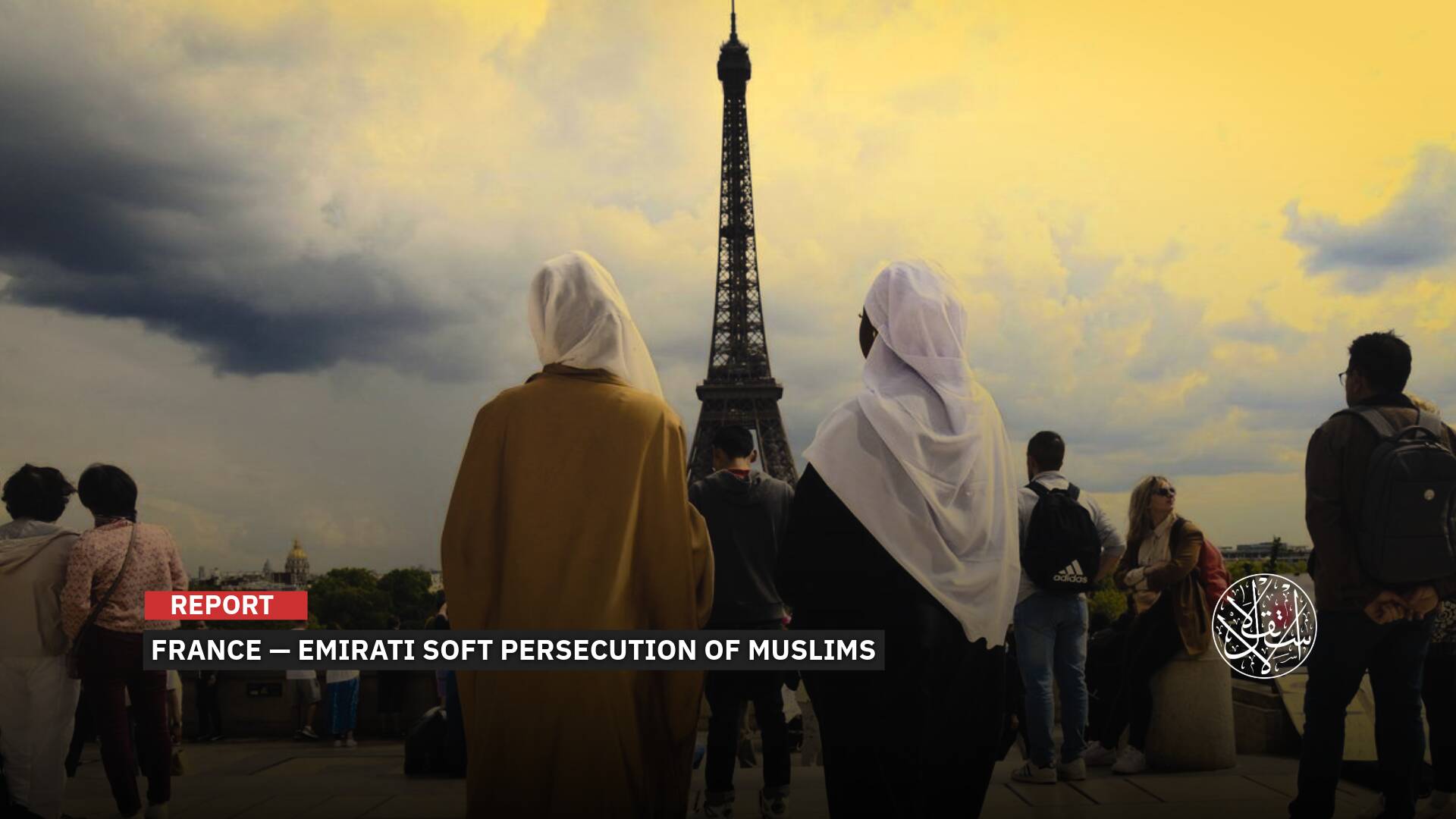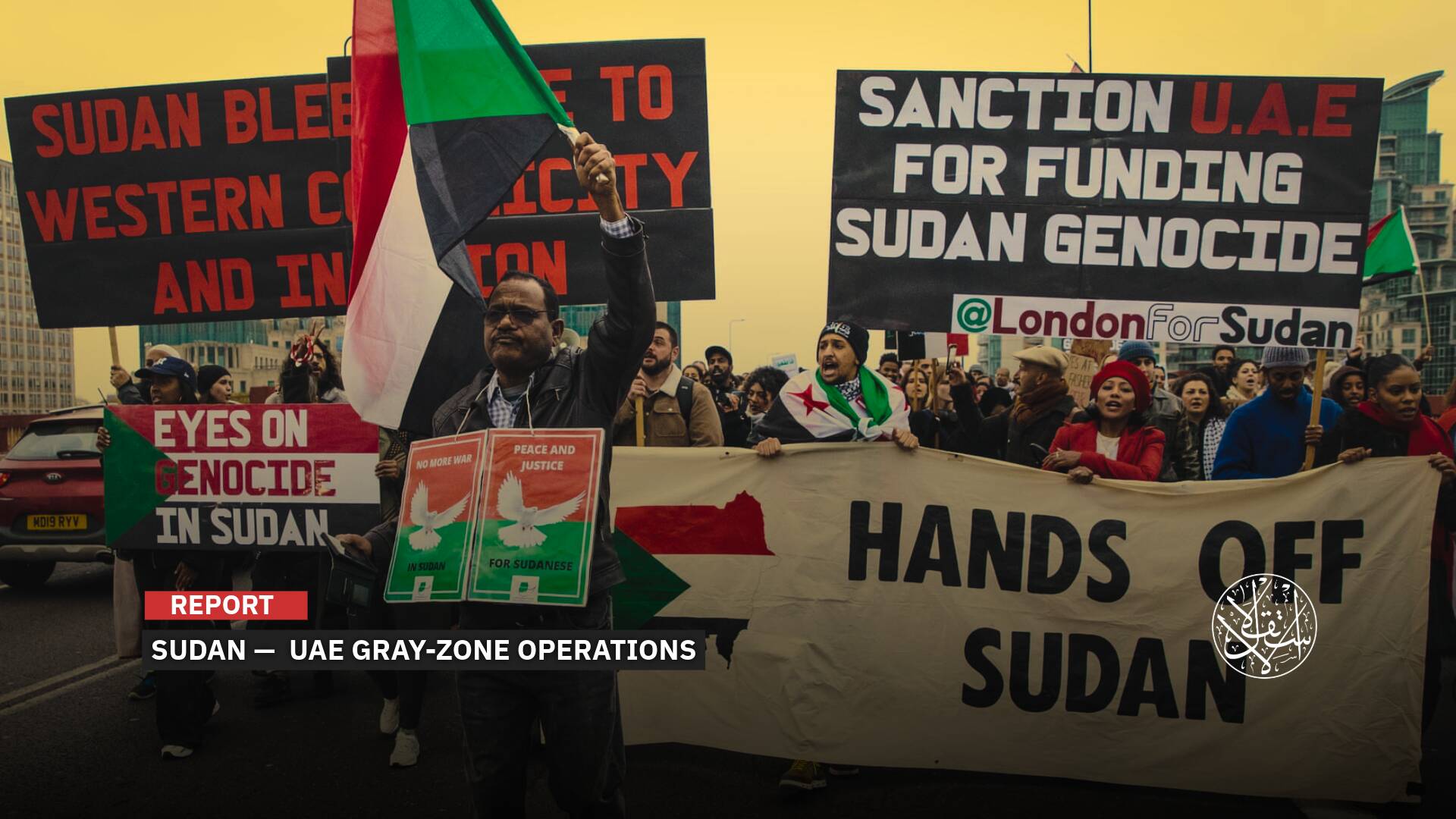How Does the Return of the Syrian Regime to the Arab League Impact the Kurdish Separatist Project?

The Kurdish Autonomous Administration of North and East Syria (AANES) did not miss the opportunity to express its concerns about the potential loss of its gains following the decision to reinstate Bashar al-Assad’s regime in the Arab League on May 7, 2023.
As the Autonomous Administration remains committed to the idea of secession and seeks international recognition for its self-governance, it finds itself compelled to be part of the political solution in Syria following the new Arab rapprochement with the Assad regime.
Playing Roles
The Kurdish Autonomous Administration, which enjoys support from the United States and several European countries, including France, hastened to welcome the mentioned decision of the Arab League, considering it a positive and vital step to push forward the political process in Syria.
On May 11, 2023, the Autonomous Administration issued a statement expressing that it can play a significant role in the political solution due to its political, economic, security, and humanitarian capabilities, and Arab countries should engage with all Syrians and not favor one party over the other.
The Autonomous Administration expressed its readiness “to collaborate with Arab countries and the United Nations on core issues that require joint efforts, such as combating terrorism, addressing the drug problem, and addressing the Syrian refugee crisis in neighboring countries.”
This stance of the Autonomous Administration stems from its lack of recognition, both by the Assad regime and the Syrian opposition, despite its control, through its military arm, the Syrian Democratic Forces (SDF), over extensive areas in four provinces (al-Hasakah, Raqqa, Deir ez-Zor, and Aleppo), accounting for 22.9% of the territory, according to consistent statistics.
In recent years, repeated talks mediated by Russia between the Syrian regime and the SDF have failed to reach an understanding regarding the nature of control, the return of the regime to these areas, and the integration of SDF forces into the Syrian army.
Meanwhile, the Syrian opposition’s National Coalition views the Kurdish Autonomous Administration as an entity seeking to detach Syrian territories and achieve a separatist dream, especially after the forced displacement of many Arab residents from their villages and cities using the power of American arms.
The Autonomous Administration, which controls 90% of the oil and gas wealth, in addition to vast fertile agricultural areas, does not have any political representation within the official opposition bodies.

One factor that weakens the position of the Kurdish Autonomous Administration is Turkiye’s opposition to its presence. Ankara perceives it as a threat to its national security and seeks to uproot it from its southern borders.
In alliance with the Syrian opposition’s National Army, Turkiye launched two military operations against the forces of the Syrian Democratic Forces (SDF).
The first operation, named Operation Olive Branch, took place on January 20, 2018, resulting in the capture of the city of Afrin in northern Aleppo.
The second operation, named Operation Peace Spring, occurred on October 9, 2019, focusing on the provinces of al-Hasakah and Raqqa.
At that time, Turkish forces pushed SDF troops 30 kilometers away from the Turkish border, cutting off their attempts to establish a Kurdish entity in northern Syria along the border.
Ankara aims to transform that border strip into a safe zone, providing refuge for Syrians fleeing the Assad regime’s oppression.
On May 23, 2022, Turkish President Recep Tayyip Erdogan threatened to launch a military operation against SDF forces to complete the security belt along Turkiye’s southern border.
‘Fixing Gains’
Observers believe that the Kurdish Autonomous Administration is trying to leverage Syria’s return to the Arab League to solidify its gains and ensure Turkiye does not launch a third military operation against it. By doing so, it seeks to strengthen its negotiating position.
The Autonomous Administration hopes to secure ministerial positions in a future Syrian government as compensation for abandoning its dream of self-governance. However, this desire is uncertain, as the areas it currently controls have an Arab majority and were not represented initially by the Autonomous Administration but rather came under its control with U.S. support.
In mid-July 2022, SDF forces were compelled to allow the entry of Syrian regime forces into their territories in the countryside of Aleppo to fend off potential Turkish attacks.
This development increased negotiations, mediated by Russia, between the Syrian Democratic Forces and the Assad regime regarding the future of these areas.
During that time, Syrian researcher Younes al-Karim stated that the SDF demanded three ministerial positions, including a sovereign one, in the new Assad government in exchange for allowing regime forces into their areas.
However, the negotiations between the SDF and the Assad regime failed to yield any results, and the fate of the SDF forces remains a major obstacle to reconciliation between the two parties.
Commander Mazloum Abdi of the SDF insists that his militia should maintain its organizational military presence and protect the areas it controls in northern and eastern Syria as an official part of the Syrian army.

Abdi clarified in an interview on November 7, 2019, that the Syrian regime accepts the inclusion of the SDF as part of its forces but without granting these forces their military distinctiveness and independence.
These predominantly Arab-populated areas are home to approximately 2.5 million people out of a total of 23 million Syrians who sought refuge abroad after the war.
The estimated number of SDF forces, established in October 2015, is around 45,000 fighters, with more than half of them being Arabs and the rest a mixture of Kurds and other ethnicities, according to a statement by the U.S. Department of Defense.
U.S. forces are deployed in 11 bases and military points within areas under the control of the SDF.
According to the U.S. Army website, Washington had retained 900 soldiers in northeastern Syria out of the 2,000 military personnel who were there before their withdrawal to western Iraq, under a withdrawal decision announced by former U.S. President Donald Trump at the end of 2018.
This relatively small U.S. force is seen as a deterrent to Russia and Syrian regime forces, preventing their advance and control over oil fields or encroachment on SDF-held areas.
Since the Arab League calls for the unity of Syrian territories, it also blocks any idea of autonomous governance in northeastern Syria.
For this reason, the SDF forces fear the reapplication of the Adana Agreement signed between Turkiye and Syria as a result of the new rapprochement between Ankara and Damascus.
The Adana Agreement, signed in 1998, stipulates that Syria ceases support for the Kurdistan Workers’ Party (PKK), prohibits PKK members abroad from entering Syria, and bans the activities of the party and its affiliated organizations on its territory.
The agreement also allows Turkiye to track down PKK elements within Syrian territory up to a depth of 5 kilometers.
Currently, Turkiye seeks to expand the Adana Agreement to include the right to enter a 30-kilometer distance in Syria, encompassing the security corridor that Ankara aims to establish and to eradicate PKK branches from it.
Exploiting the Rapprochement
In this context, Maan Talaa, the Director of Research at the Omran Center for Strategic Studies, believes that despite the various developments in the Syrian file associated with the Arab and Turkish normalization with the Assad regime, it is recognized that each track has its own conditions, and the geographic landscape on the ground will not change overnight.
Talaa added that the keys to changing the military geography are linked to three main factors that have not changed, and there are no substantial indications of them changing in the coming years.
The first indicator, according to Talaa, is linked to the economic recovery of the Syrian regime and its ability once again to rebuild its military and security networks, to invest in political openness with it, and to reflect it on military operations that end the prevailing ceasefire from 2018.
“Therefore, the economic factor remains disabled due to the continuation of Western sanctions on the Syrian regime. Additionally, the Turkish presence in Syria is linked to two decisive factors,” according to Talaa.
These factors are the lack of serious indications of ending the military, security, and administrative capabilities of the SDF forces, which still possess all the reasons for expansion, and the American support that seeks sustainability for this project by searching for qualitative financial resources to manage development and recovery files in northeastern Syria.

The second factor is “Ankara’s conviction that failure to reach a stable formula in the Syrian scene will lead to significant social pressures in the opposition-held areas in northwestern Syria and the fear of new waves of displacement that would disrupt the mechanisms of the Syrian refugee return programs in Turkiye.”
As for the third influential issue, it is “the American presence itself, which is linked to a potential but not expected military withdrawal, especially since the U.S. withdrawal from Afghanistan revealed many flaws in the adopted American strategies.”
He added: “Thus, the U.S. positioning in Syria is qualitative rather than quantitative, and it has the ability to control the boundaries of the political scene. Washington also sees that the Syrian scene has reached a form of stability, albeit fragile.”
However, Washington lacks the tools to push for the implementation of a political process in Geneva, as stated in U.N. Security Council Resolution 2254 regarding the political solution in Syria. This is related to the developments in Ukraine, as Russia presents obstacles to the Syrian solution, according to Talaa.
The United States criticized the decision of the Arab League to resume the participation of the Syrian regime and its delegations in its meetings.
The spokesperson for the Ministry of Foreign Affairs, Vedant Patel, stated on May 9: “We continue to believe that we will not normalize our relations with the Assad regime, and we don’t support our allies and partners doing so either.”
The Director of Research at the Omran Center views these factors as “decisive in changing the Syrian military geography, and therefore, any political revival that may lead to a change in the governing formula in Syria cannot be considered.”
Talaa further stated: “The Kurdish Autonomous Administration can exploit the convergence with the Syrian regime, as evident from its intensified diplomatic movements and political statements that indicate its readiness for any new negotiations.”
This is especially since “the SDF recently proposed immediate initiatives, such as their call to receive Syrians fleeing the Sudan war and refugees in Lebanon to their controlled areas in northeastern Syria.”
They have also presented their vision for a solution in Syria, coinciding with discussions of the Arab initiative for a political solution, as well as expressing their desire to achieve agreements with the opposition, according to Talaa.
He concluded by saying: “These factors, despite the many motivations for changing the current scene, show that the Arab movement is attempting to differentiate between the return of the Syrian regime to the league and normalization with it, and the solution in Syria.”
Sources
- Autonomous Administration: The return of the Syrian regime to the Arab League is an important step that opens the horizons of communication [Arabic]
- 'Assad does not deserve normalization': The United States criticizes Syria's return to the Arab League [Arabic]
- SDF leader talks about the relationship with Assad and Russia and "the return of America" [Arabic]
- The “French Senate delegation” calls for recognition of the Autonomous Administration and support for the “SDF” in confronting terrorism [Arabic]



